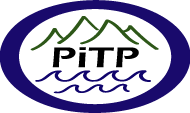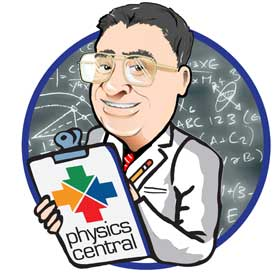

|
What your mother....er...advisor never told you: The other things we need to learn (and teach)Doug ArionCarthage College
Studying physics (or any other subject...) because you love it is great. There are many and diverse career paths available to those who study physics, and we 'sell' physics to prospective students based on this. Unfortunately, there are skills, knowledge, and attitudes that physics education, by itself, doesn't typically provide to prepare students for the real world that they will enter - no matter what that career path may be. Innovation and entrepreneurship education is the key to bringing this content to physics students, with important benefits for all: Better preparation of students, greater ability to recruit students to the discipline, new opportunities for research projects, and, yes, the potential for financial and professional reward. Similarly, the capacity of physics to contribute to commercial ventures is great, but rarely is it accomplished at the same level as in, say, engineering. Considering that the vast majority of technical innovations actually originate in physics, it is advantageous to consider how this can be better advanced within higher education institutions. Innovation and entrepreneurship education is one of the mechanisms through which this can be accomplished. The ScienceWorks Entrepreneurial Studies Program was created at Carthage College in 1994 to address this important topic and fill an education void. Now one of the leading programs in technical entrepreneurship in the United States, ScienceWorks is one model through which innovation and entrepreneurship education can be implemented. This talk will provide background on technical entrepreneurship education, the knowledge, skills, and attitudes that such education provides, ways that it can be implemented by universities that can be tuned to suit their respective institutional goals and the characteristics of their students, and the resources available to help support development and implementation. |

 3:30 pm, Thursday, Feb 26, 2015
3:30 pm, Thursday, Feb 26, 2015